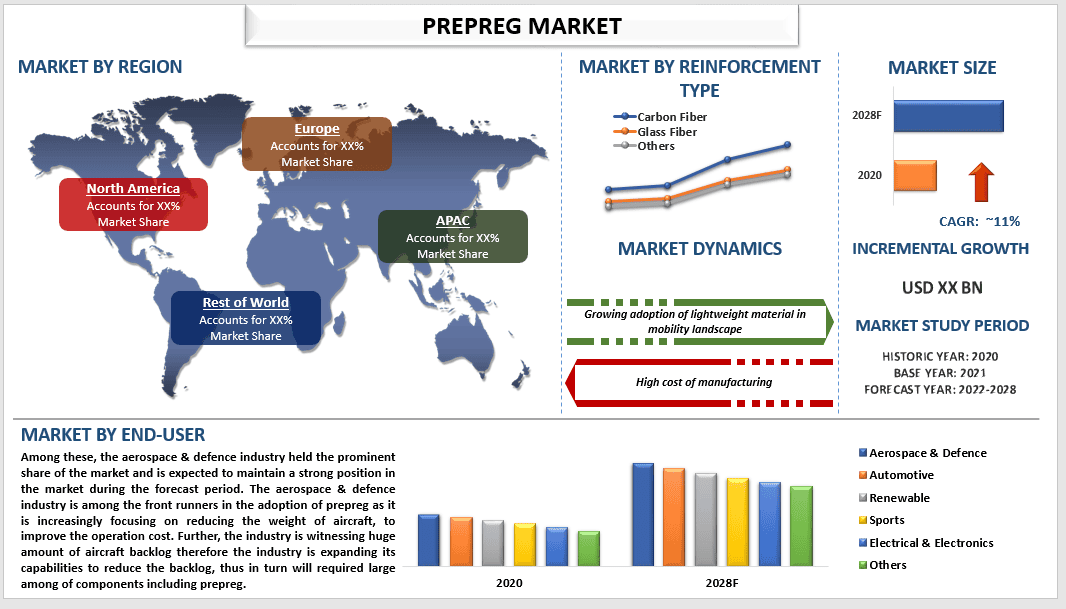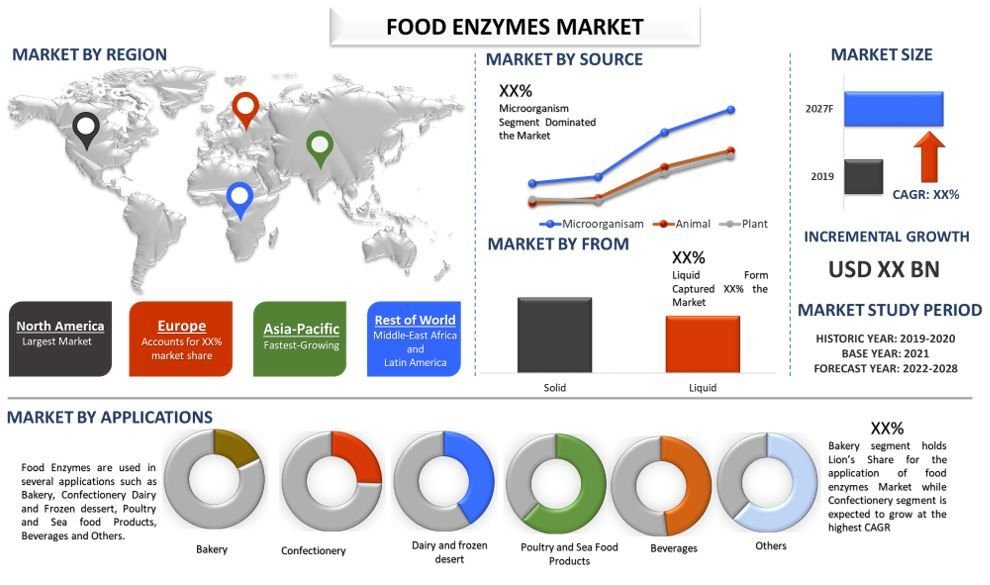In an age dominated by digital screens, it might seem easy to overlook traditional forms of marketing. However, print media continues to hold its own as a powerful and credible advertising medium. From luxury fashion brands to niche local businesses, many companies still invest heavily in magazine placements—and for good reason.
In this article, we’ll explore the lasting relevance of print media, specifically the value of advertising in magazines, how it influences buyer behavior, and why businesses shouldn’t completely abandon this classic marketing approach.
1. Trust and Credibility in Print Media
One of the primary advantages of print advertising is the level of trust it instills in readers. Unlike pop-up ads or digital banners that users often ignore or block, magazine advertisements are seen as more legitimate and less intrusive. Studies show that readers consider information from print sources more credible, which directly enhances the effectiveness of the ads placed within.
When a brand advertises in a reputable magazine, it instantly inherits some of that publication’s credibility. This “halo effect” can be especially valuable for new brands trying to establish trust in a competitive marketplace.
2. Targeted Audience Reach
Magazines cater to highly specific audiences—whether it’s fashion, automobiles, business, health, or hobbies. This allows advertisers to target their message with laser precision. Unlike mass digital advertising, which often struggles with user intent and ad relevancy, magazines offer access to a curated, loyal readership.
For instance, placing an ad in a gourmet cooking magazine reaches food enthusiasts who are already invested in the niche. This level of demographic and psychographic targeting is a distinct advantage of advertising in magazines.
3. High Engagement and Long Shelf Life
Unlike online ads that are scrolled past in seconds, magazine ads tend to hold the reader’s attention for longer. People engage with print differently—they take time to flip through pages, absorb content, and appreciate visuals. A beautifully designed full-page ad in a glossy magazine commands attention in a way that most digital formats cannot replicate.
Moreover, magazines often have a long shelf life. They are kept on coffee tables, in offices, and salons for weeks or even months, providing continuous exposure to your brand. In contrast, digital ads vanish the moment a user refreshes their browser.
4. Visual Appeal and Design Freedom
Magazines provide a canvas for creative freedom. High-resolution images, sophisticated typography, and layout control make magazine ads visually compelling. Unlike digital formats constrained by screen sizes or pixel limits, print allows for more elaborate storytelling and branding through design.
The tactile nature of magazines also adds an emotional connection. The feel of glossy pages and the richness of print colors create a multisensory experience that strengthens brand recall.
5. Complementing a Multi-Channel Strategy
While digital marketing has its clear benefits—especially in terms of measurability and scale—print media still plays an important role in an integrated campaign. Smart marketers use print not as a standalone channel but as part of a broader marketing strategy.
By including advertising in magazines alongside social media, email, and influencer marketing, businesses create a more holistic presence. This omni-channel approach ensures that their message reaches consumers at different stages of the buying journey and in different states of mind.
6. Less Ad Clutter, More Brand Impact
The internet is saturated with ads. On any given day, users are bombarded with hundreds of banners, pop-ups, video pre-rolls, and promoted posts. In contrast, magazine advertising lives in a relatively uncluttered environment.
Fewer ads per page, better placement, and premium presentation mean that your message stands out more clearly. A double-page spread or inside cover ad in a respected publication has a far greater impact than a tiny banner ad lost in a sea of noise.
7. Tangible Metrics with Modern Tools
One criticism of traditional advertising is the difficulty in tracking performance. However, modern tools now allow advertisers to better measure ROI from print. QR codes, custom discount codes, and unique URLs make it easy to trace conversions that originated from magazine ads.
Additionally, surveys and brand lift studies can provide qualitative insights into how magazine exposure affects consumer perception and brand recall.
8. Building Long-Term Brand Equity
Magazine ads are not designed for instant clicks—they build long-term awareness and brand prestige. When a brand is consistently present in high-end magazines, it signals quality, trustworthiness, and stability.
This is particularly beneficial for luxury brands, financial institutions, or lifestyle services, where reputation is everything. Even for small businesses, being featured in niche magazines can elevate status and separate them from competitors.
9. Case Study: The Resurgence of Print Among Startups
Interestingly, a growing number of digital-first brands are now turning to print. Companies like Glossier, Warby Parker, and Airbnb have used magazine ads to reach customers in a more intimate, memorable way. This trend proves that advertising in magazines is not outdated—it’s evolving and finding new relevance among digitally native brands seeking deeper engagement.
10. Cost-Effectiveness in Niche Segments
While magazine advertising can be expensive in top-tier publications, many niche and regional magazines offer affordable rates and excellent value. These publications often have devoted followers and strong engagement, making them a smart investment for local businesses or niche products.
Additionally, many print publishers offer bundled deals that include exposure in both print and online versions of their magazines, further enhancing value.
Conclusion: Why Print Still Belongs in Your Media Mix
In a marketing landscape obsessed with real-time data and clicks, it’s tempting to think print is obsolete. But that’s far from the truth. Advertising in magazines provides credibility, targeted reach, high engagement, and brand-building opportunities that digital platforms often struggle to deliver on their own.
The smartest brands today recognize that a balanced approach wins the game. Leveraging both digital innovations and the timeless power of print, including magazine advertising, allows businesses to build trust, create lasting impressions, and reach consumers in more meaningful ways.












Leave a Reply